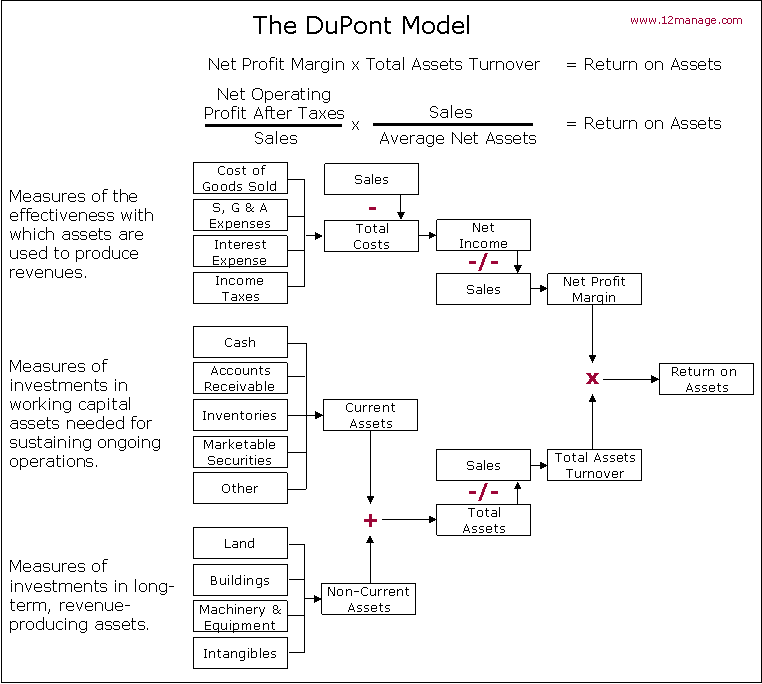Speak Financially, Get Results

- Robert Menard, Certified Purchasing Professional, Certified Professional Purchasing Consultant, Certified Green Purchasing Professional
In an article of the same title as this blog post published in Supply Chain Management Review September/October issue, Dr. Larry Lapide, author, expresses in concise and powerful language what most supply chain pros know or suspect, but few profess. In the words of the pull quote, “…all future supply chain leaders will need to be good business people first and supply chain experts second. For this to happen, they must be conversant in the language of business, which is accounting and financially based.”
Spot on! This brief story’s message is an obvious yet astute explanation of what separates the winners from the mediocre in business. Lapide states directly and undeniably that “Finance is the Language of Business”. I can not agree more. In my experience with supply chain pros whether in training or consulting, the same discouraging blank stares are foundwhen we discuss supplier finance, ratio analysis, and especially Balance Sheet and the Income Statement (Profit and Loss). Indeed, almost all do not know the difference between the two latter absolutely essential financial statements, let alone the Sources and Uses statement. Occasionally, some folks in publicly traded organizations will understand the Earnings Per Share (EPS) ratio but usually because their pay plan depends upon it. We purchasing and supply chain pros must be educated and trained in economics, corporate finance, and accounting.
This skill set is not an option. How to heck can we be the first line of defense in supplier qualification if we cannot read the supplier’s financial statement? Debt/Equity Ratio is an indication of management or debtor control. Current Ratio is an indicator of the supplier’s ability to pay its bills. If we in purchasing are ever to shed our dreadful image of a clerical bureaucrat, it will be through education, training, skill, and leadership. In terms of financial literacy, it can not come too soon.
Although I am not a fan of flow chart illustrations, the DuPont model used in Lapide’s piece was clear, precise, and something every pro should understand and appreciate. It was an authoritative and elegantly simple visual representation of Return On Assets.
Graphic used with the permission of 12manage.com – Management E-learning Portal
The short captions presume knowledge of the terms such as Current Assets, Non-Current Assets, Total Costs, and the like. If you are not amongst that sapient crowd, your future is here.
Test your financial acumen by taking this quiz on corporate and suplier finance. If you did not do as well as you shuld, you are not alone. Bet up to sped on finace with this online course, Accounting, Finance, and Cost Management for Buyers and Managers from the American Purchasing Society.
